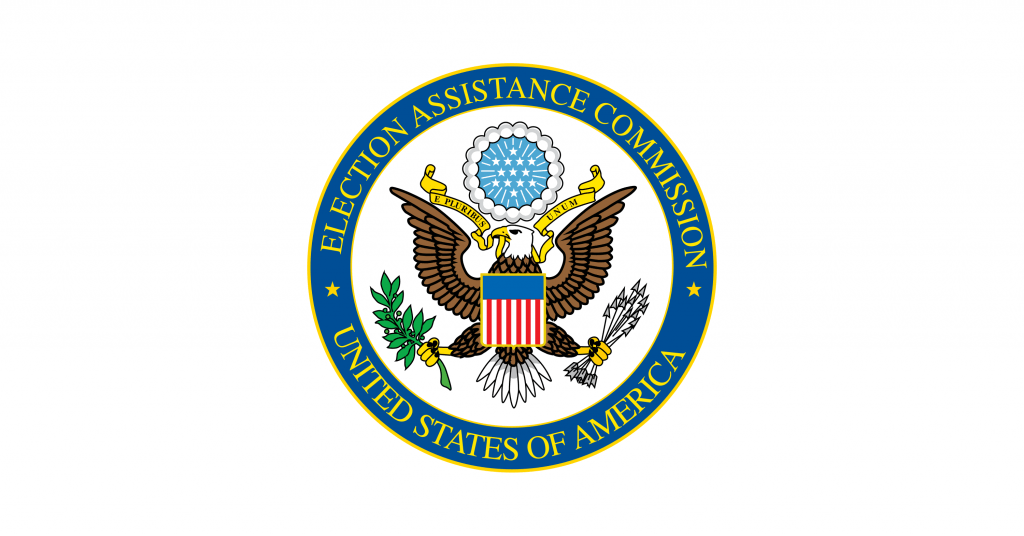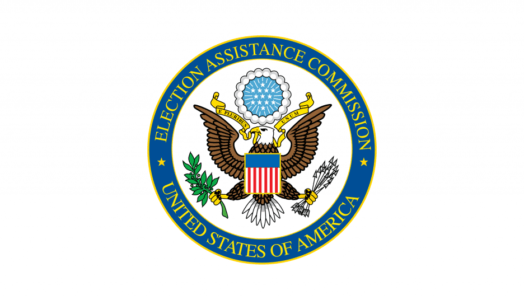Created in 2002 by the Help America Vote Act. One of its principal responsibilities is to develop federal voting system standards, known as the Voluntary Voting System Guidelines (VVSG), and to certify voting systems to those standards. Since it began testing and certifying voting systems in 2006, the EAC has certified voting systems to outdated guidelines from 2005. In 2015 the EAC began developing an updated set of guidelines, termed VVSG 2.0.
The EAC was sued after the 2021 Election by Philip Stark, an EAC Board member, and the organization, Free Speech for People, for updating its policy and allowing voting machines to include Internet access. These policy changes were discussed in private with voting machine companies and silently passed by the EAC without required public debate. The EAC quickly approved the certification for two audit firms within four hours of The Gateway Pundit reporting that the firms were not certified.
Plaintiffs Professor Philip B. Stark and Free Speech For People claim that these back-door meetings resulted in secretly developed revisions to the standards that benefit manufacturers by weakening voting system security to reduce costs. The revisions were released mere days before the Commission’s vote to approve the new standards, without the proper notice and comment procedure required by law.
“The laws very clearly require the federal voting system guidelines be developed in a completely transparent and public process,” said Susan Greenhalgh, Senior Advisor for Election Security for Free Speech For People. “Instead, the EAC brazenly flouted its legal obligation to adhere to a transparent process, choosing instead to invite the manufacturers into private meetings so they could alter the voting system standards to ease requirements and benefit the manufacturers, all at the expense of the most basic cyber security best practices.”
The law requires the EAC to obtain input from technical experts (both on and off its official advisory boards) and directs the Technical Guidelines Development Committee, which the National Institute of Standards and Technology chairs and manages, to provide initial recommendations. Prior to consideration for final adoption by the Election Assistance Commission, the EAC must first submit the VVSG to the EAC Standards Board and Board of Advisors for review, as well as solicit public comments and hold a public hearing on the record.
In July of 2020, after closure of public notice and comment on the draft standards, an EAC official revealed that the Commission was holding regular, non-public meetings with the voting system manufacturers to consider changes to the proposed guidelines. Free Speech For People tried to join these meetings to fulfill its mission to represent the public in the development of the guidelines, but was not permitted to participate. In August of 2020, through a Freedom of Information request, Free Speech For People requested all communications between the EAC and vendors. The EAC failed to produce any documents for more than nine months. In April of 2021, Free Speech For People sued to obtain responsive records, revealing details of the back-door negotiations that resulted in significant modifications to the original language drafted for the VVSG 2.0.
On February 1, 2021, nine days before the scheduled vote to approve the VVSG 2.0, the EAC posted on its website the proposed final VVSG 2.0 and a redline showing many significant changes developed without any public scrutiny and that the Board of Advisors, the Standards Board, and the public had never even seen.
In addition to weakening a requirement that would ban the inclusion of devices capable of connecting to the internet, the new version of the VVSG 2.0 included other substantive revisions that benefit the vendors such as:
- removal of the requirement for all voting systems to provide data reports that account for all cast ballots and all valid votes at the termination of a given election;
- removal of a transparency requirement granting public access, without an explicit request, to any cryptographic End-to-End protocol submitted for certification, for open review for two years before it enters the voting system certification process;
- limitation to voter-facing devices of the logging requirements for backend voting systems to record external connections or disconnections during the activated voting state;
- removal of a standard for physical locks installed in voting machines;
- removal of the requirement that all physical security countermeasures which are reliant on electrical power log incidents of power disruption;
- removal of the requirement that systems be expected to have a life span of 10 years; and
- removal of the ban on printing voting machine vendors’ advertisements on the ballot.
Secretary of State Katie Hobbs selected the U.S. Election Assistance Commission to ostensibly “test” and certify the corrupt voting machines – Dominion and ES&S – in Arizona, who then sent some of the testing to Canada where non-citizens, with no liability, were hired to give reliable, patriotic opinions. Arizona (and other states using the U.S. Election Assistance Commission) did not test the communications features in Dominion machines!




